Petrochemicals ambitions define Saudi downstream
9 March 2023

Saudi Aramco began a gradual pivot towards petrochemicals in 2007 when it partnered with Dow Chemical Company to build the Sadara chemicals project in Saudi Arabia.
Aramco’s majority acquisition of Saudi Basic Industries Corporation (Sabic) in June 2020, however, marked the formal integration of the kingdom’s oil and gas and petrochemical industries.
Just a month after completing the $69.1bn transaction with the Public Investment Fund to acquire a 70 per cent stake in Sabic, Aramco announced a reorganisation of its downstream business to create four dedicated commercial units: fuels (including refining, trading, retail and lubricants); chemicals; power; and pipelines, distribution and terminals.
Since taking these two significant steps in 2020 to bring Sabic into its fold and reshuffle its downstream business to make it more efficient and profitable, Aramco has sanctioned significant capex allocation to increasing petrochemicals production and broadening its products portfolio.
So much so that the volume of Saudi petrochemical projects in different pre-execution stages, valued at $36bn according to MEED Projects, dwarfs the pipeline of oil refining and gas processing projects.
Aramco/Sabic is currently overseeing progress on at least three mega petrochemical projects in the kingdom.
Amiral petrochemicals scheme
Saudi Aramco and Total Refining & Petrochemical Company (Satorp) is moving closer to awarding the main engineering, procurement and construction (EPC) contracts for its estimated $7bn Amiral petrochemicals project in Jubail, Saudi Arabia.
The lowest bidders have emerged for the four main EPC packages of the project, which represents the expansion of Satorp’s crude oil refining operations in Jubail into petrochemicals production.
Satorp’s petrochemicals complex, which will be the centrepiece of the Amiral development, will feature the Middle East’s largest mixed-feed cracker, processing 50 per cent ethane and refinery off-gases and with the capacity to produce 1.5 million tonnes a year (t/y) of ethylene, 500,000 t/y of propylene and related high-added-value derivative products.
The Amiral petrochemicals facility, which has recently been chosen to receive support from the Saudi government’s Shareek programme, will be integrated with Satorp’s existing 440,000 barrel-a-day (b/d) capacity refinery in Jubail to give the upcoming complex competitive feedstock advantage.
Satorp and the Royal Commission for Jubail & Yanbu are calling on third-party investors to commit up to $4bn to build chemicals plants that will derive feedstock from the main Amiral complex.
 Aramco slated to escalate upstream spending
Aramco slated to escalate upstream spending
Integrated Yanbu project
Sabic recently confirmed progress with another project to build an integrated refinery and petrochemicals project in Yanbu, on Saudi Arabia’s Red Sea coast.
Sabic and its parent company Aramco signed a memorandum of understanding (MoU) with China Petroleum and Chemical Corporation (Sinopec) in December for the Chinese chemicals company to partner in the planned petrochemicals project in Yanbu.
The aim of the MoU, signed on 15 December, is for the partners “to study the economic and technical feasibility of developing a new petrochemical complex to be integrated with an existing refinery in Yanbu, Saudi Arabia”, Aramco stated.
MEED understands that the MoU relates to a partnership for the planned Integrated Yanbu Project (IYP). The proposed project calls for integrating the Yanbu Aramco Sinopec Refinery Company’s (Yasref) existing refinery facility with a greenfield petrochemical-producing facility in Yanbu.
The petrochemicals unit will draw crude oil derivatives such as naphtha as feedstock from the Yasref refinery to process into chemicals.
Crude oil-to-chemicals complex
Sabic recently also announced the start of a feasibility study and initial engineering work to establish a large-scale complex that will convert crude oil and liquids into petrochemicals in Ras al-Khair, Saudi Arabia.
The planned complex has the capacity to convert 400,000 b/d of oil directly into chemicals.
Sabic said it would “announce progress on the [oil-to-chemicals] project in the next few years”, without providing other details, such as if it had appointed a consultant for the feasibility study on the project.
The petrochemicals giant announced in November last year that it was due to start the feasibility study into the proposed project in Ras al-Khair, located in the kingdom’s Eastern Province.
The plan to build an oil-to-chemicals facility in Ras al-Khair, instead of the previously selected location of Yanbu, is the latest move by Sabic over the past five years or so to establish such a project.
Sabic’s ambition to build a large-scale facility that converts crude oil and liquids directly into petrochemicals has faced obstacles in the past, mainly due to its capital-intensive nature and technological challenges.
Downstream oil and gas
These huge petrochemical projects aside, Aramco continues to advance projects not just to boost the throughput of its refineries and gas processing plants but also to improve its environmental credentials, in line with its net-zero carbon emissions by 2050 pledge.
Last year, Aramco awarded EPC contracts for a pair of projects to modify sulphur recovery units (SRUs) at its Riyadh and Ras Tanura refineries. French contractor Technip Energies secured the Riyadh refinery desulphurisation contract, which could be worth up to $250m.
Egypt-headquartered Engineering for the Petroleum & Process Industries (Enppi) won the main contract for the Ras Tanura refinery in Saudi Arabia’s Eastern Province, estimated to be worth $300m-$400m.
The Saudi energy giant is now moving ahead with a major desulphurisation programme to modify SRUs at its key gas processing plants in the kingdom.
Aramco expects third-party investments of up to $2bn in the desulphurisation programme, which entails building a large downstream tail-gas treatment (TGT) facility to collect and process tail gas discharged from SRUs at identified gas plants.
The facilities will be developed on a build-own-operate-transfer basis, making it one of Aramco’s initial public-private partnership exercises in its main oil and gas business. Investors are preparing proposals for the scheme, which are due by the end of March.
Exclusive from Meed
-
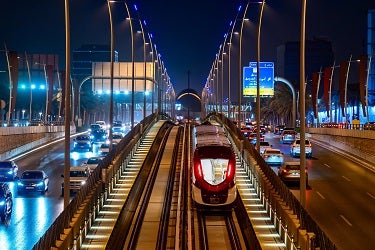
-
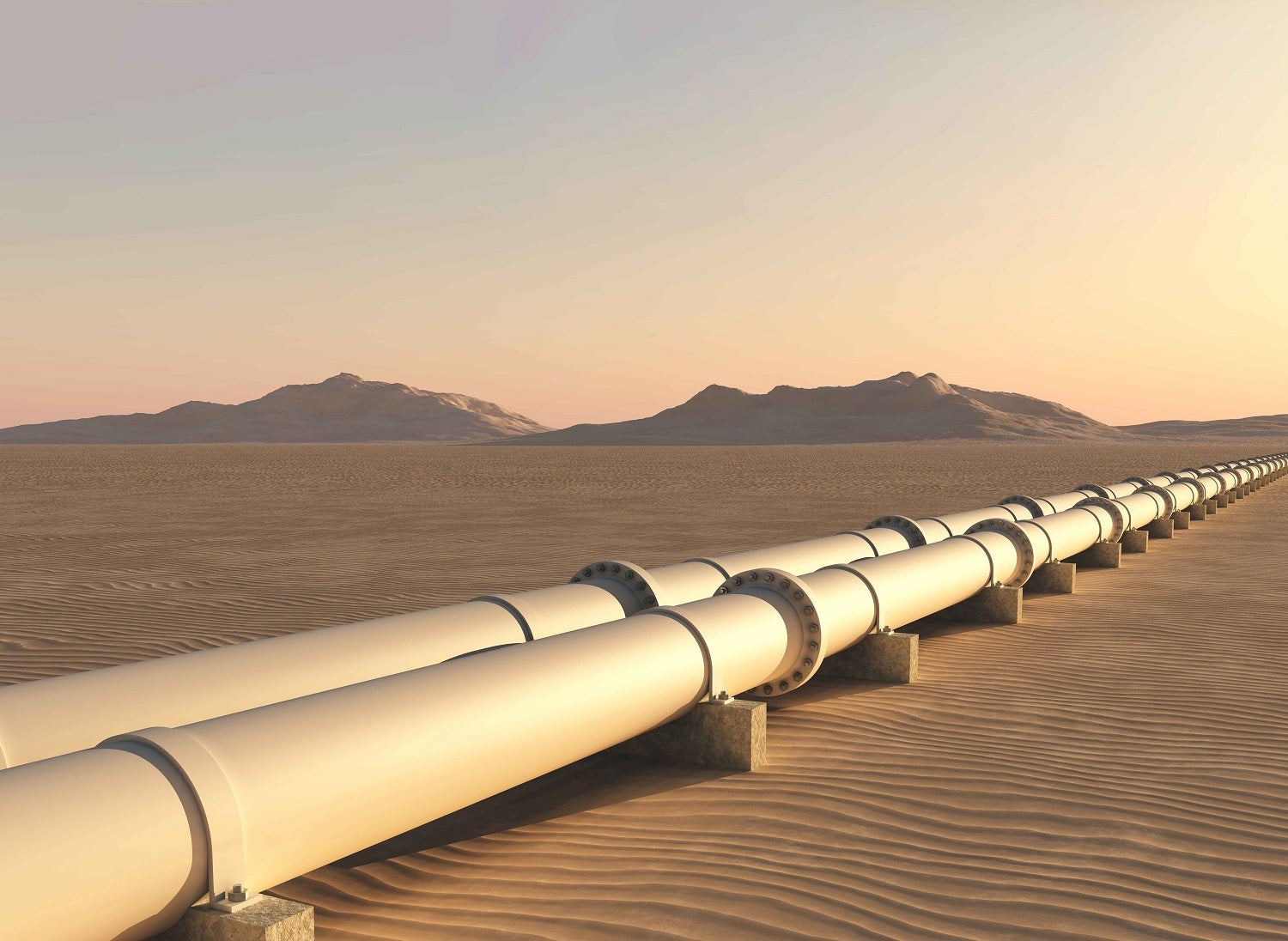
-
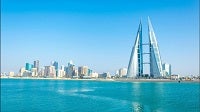 Bahrain and US sign nuclear energy agreement
Bahrain and US sign nuclear energy agreement17 July 2025
-
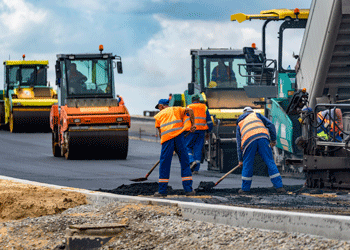 Kuwaiti firm wins $53m Duqm coastal road contract
Kuwaiti firm wins $53m Duqm coastal road contract17 July 2025
-
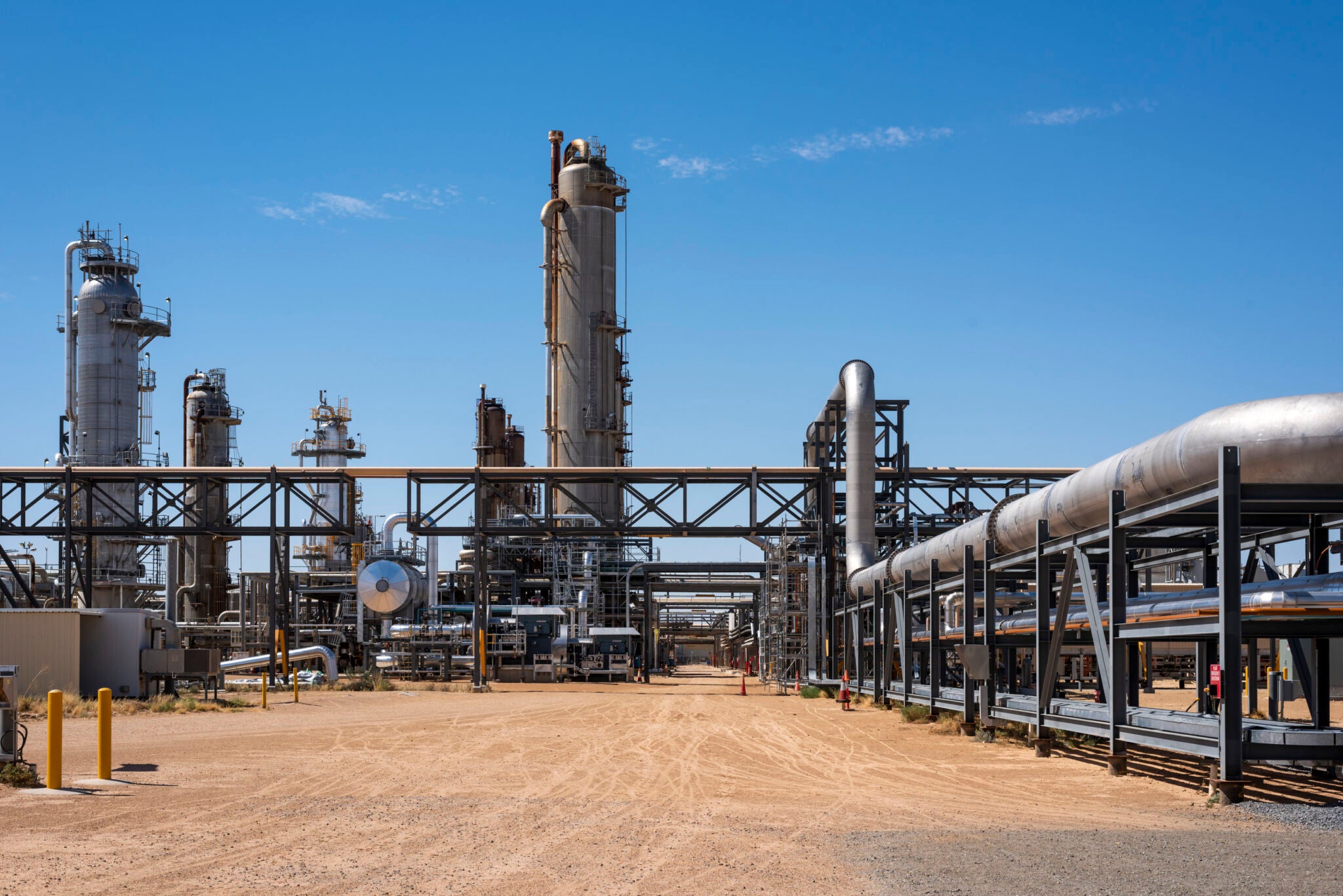
All of this is only 1% of what MEED.com has to offer
Subscribe now and unlock all the 153,671 articles on MEED.com
- All the latest news, data, and market intelligence across MENA at your fingerprints
- First-hand updates and inside information on projects, clients and competitors that matter to you
- 20 years' archive of information, data, and news for you to access at your convenience
- Strategize to succeed and minimise risks with timely analysis of current and future market trends

Related Articles
-
 Riyadh Royal Commission awards metro Line 2 extension
Riyadh Royal Commission awards metro Line 2 extension18 July 2025

Register for MEED’s 14-day trial access
Saudi Arabia’s Royal Commission for Riyadh City (RCRC) has awarded an estimated $800m-$900m contract to build the next phase of the Riyadh Metro project, which is the Line 2 extension.
The contract was awarded to the Arriyadh New Mobility Consortium.
The Line 2 extension is 8.4 kilometres (km) long, of which 1.3km is elevated and 7.1km is underground. It includes five stations – two elevated and three underground.
It will run from where Line 2 currently ends at King Saud University (KSU) and then travel onwards to new stations at KSU Medical City, KSU West, Diriyah East, Diriyah Central, where it interchanges with the planned Line 7, and then finally to Diriyah South.
According to the consortium’s official website, the consortium members include Italy’s Webuild, India’s Larsen & Toubro, locally based Nesma & Partners, Japan’s Hitachi, Italy’s Ansaldo STS, the Canadian firm Bombardier, Spain’s Idom and WorleyParsons from Australia.
In 2013, the Arriyadh New Mobility Consortium secured Riyadh Metro’s Line 3 project for $5.21bn.
Line 3, also known as the Orange Line, stretches from east to west, from Jeddah Road to the Second Eastern Ring Road, covering a total distance of 41km.
Riyadh Metro
Riyadh Metro’s first phase features six lines with 84 stations.
The RCRC completed the phased rollout of the Riyadh Metro network when it started operating the Orange Line on 5 January.
In December last year, the RCRC started operating the Red Line and Green Line.
The Red Line, also known as Line 2, stretches 25.1km from the east of Riyadh to the west, via King Abdullah Road, connecting King Fahd Sports City and King Saud University. It has a total of 15 stations.
The Green Line, also known as Line 5, extends 13.3km from King Abdullah Road to the National Museum. With 12 stations, it serves several ministries and government agencies, including the Defence Ministry, the Finance Ministry and the Commerce Ministry, as well as other areas.
Earlier in December, the RCRC started operating the Blue Line (Line 1), Yellow Line (Line 4) and Purple Line (Line 6).
The Blue Line connects Olaya Street to Batha; the Yellow Line runs along King Khalid International Airport Road; while the Purple Line connects Abdul Rahman Bin Awf Road with Al-Sheikh Hassan Bin Hussain Road.
King Salman Bin Abdulaziz Al-Saud inaugurated the Riyadh Metro on 27 November last year.
The network spans 176km. Four of the stations have been designed by signature architects.
The metro is part of the Riyadh Public Transport Project, which encompasses metro and bus systems. The project aims to relieve traffic congestion.
The $23bn project was scheduled to open in 2018, but construction activity slowed due to disputes over prolongation and the disruption caused by the Covid-19 pandemic.
The RCRC awarded the main construction packages for the scheme on 28 July 2013.
In November 2022, the RCRC struck a deal with three contracting consortiums working on the Riyadh Metro scheme regarding the completion of the project’s remaining works.
The Fast consortium won lines 4, 5 and 6, reportedly valued at $7.82bn. The Bacs consortium was awarded lines 1 and 2 for $9.45bn, while Arriyadh New Mobility secured Line 3 for $5.21bn.
US firm Bechtel leads the Bacs consortium. Italian firm Ansaldo STS is the leader of the Arriyadh New Mobility group, and Spanish firm FCC Construccion heads the Fast consortium.
AtkinsRealis has delivered programme management and supervision services for the operations and maintenance of the Riyadh Metro scheme.
https://image.digitalinsightresearch.in/uploads/NewsArticle/14289337/main.jpg -
 Firms submit bids for Maaden gold project water pipeline
Firms submit bids for Maaden gold project water pipeline17 July 2025

Saudi Arabian Mining Company (Maaden) has received proposals from local firms for a water pipeline network it plans to build as part of a larger project to develop a new gold mining and processing facility in the Al-Rjum region of the kingdom.
The Al-Rjum gold mining and processing facility, located in Medina province, is expected to be commissioned by the end of 2027. It will become the largest gold mining operation in Saudi Arabia when operational.
According to sources, the pipeline is to be developed using a build-own-operate-transfer (BOOT) model. The engineering, procurement and construction (EPC) works will have a duration of 38 months, followed by a 20-year operations and maintenance period.
Lamar Holding and Alkhorayef are understood to be the only bidders for the proposed Taif to Al-Rjum water pipeline, which forms package B of the Maaden gold mining project.
The two contractors submitted bids for the water pipeline project on 1 July, sources told MEED.
The main scope of work involves building a 150-kilometre pipeline that will supply treated sewage effluent water to the Al-Rjum gold mining facility.
ALSO READ: Saudi Arabia issues mining exploration licences
The Al-Rjum gold mining and processing facility will have an output capacity of 250,000 ounces of gold a year. The project will increase Maaden’s total gold production to 700,000 ounces a year by 2028, helping the company support Saudi Arabia’s overall goal of doubling gold production by 2030 and achieving a four-fold increase in output by 2040.
MEED recently reported that Maaden had received bids for a tender to develop accommodation facilities for over 4,500 of its workers at the upcoming Al-Rjum gold mining and processing facility.
Bids for the Al-Rjum worker accommodation tender, which is also under the BOOT model, were submitted in late June. The operations and maintenance period for this contract is 15 years.
ALSO READ: Saudi Arabia and Oman open up their minerals potential
https://image.digitalinsightresearch.in/uploads/NewsArticle/14284263/main3503.jpg -
 Bahrain and US sign nuclear energy agreement
Bahrain and US sign nuclear energy agreement17 July 2025
Bahrain and the US have signed a cooperation agreement covering the field of peaceful nuclear energy.
The agreement aims to enhance collaboration in nuclear energy, recognising its vital role in sustainable development and energy security. It aligns with Bahrain's ambitious goal of achieving carbon neutrality by 2060 and contributes to global efforts to combat climate change.
As Bahrain explores alternative energy sources, senior officials have previously indicated to MEED that they are closely monitoring developments in small modular reactor (SMR) technology. This is particularly crucial for Bahrain, where limited land availability poses challenges for solar energy projects. Floating solar plants have been identified as a potential solution, but the exploration of nuclear energy and SMRs remains a priority for future energy diversification.
The agreement was signed during an official visit to the US by Prince Salman Bin Hamad Al-Khalifa, the crown prince and prime minister of Bahrain.
The agreement was formalised by Abdullatif Bin Rashid Al-Zayani, Bahrain’s minister of foreign affairs, and Marco Rubio, the US secretary of state.
Al-Zayani added that the agreement builds upon the Comprehensive Security Integration and Prosperity Agreement (C-SIPA) signed in 2023. The agreement aims to strengthen cooperation in defence, security, emerging technologies, trade and investment.
 READ THE JULY 2025 MEED BUSINESS REVIEW – click here to view PDF
READ THE JULY 2025 MEED BUSINESS REVIEW – click here to view PDFUAE and Turkiye expand business links; Renewed hope lies on the horizon for trouble-beset Levant region; Gulf real estate momentum continues even as concerns emerge
Distributed to senior decision-makers in the region and around the world, the July 2025 edition of MEED Business Review includes:
> AGENDA: UAE-Turkiye trade gains momentum> INTERVIEW 1: Building on UAE-Turkiye trade> INTERVIEW 2: Turkiye's Kalyon goes global> INTERVIEW 3: Strengthening UAE-Turkiye financial links> INTERVIEW 4: Turkish Airlines plans further growth> CURRENT AFFAIRS: Middle East tensions could reduce gas investments> GCC REAL ESTATE: Gulf real estate faces a more nuanced reality> PROJECTS MARKET: GCC projects market collapses> INTERVIEW 5: Hassan Allam eyes role in Saudi Arabia’s transformation> INTERVIEW 6: Aseer region seeks new investments for Saudi Arabia> LEADERSHIP: Nuclear power makes a global comeback> LEVANT MARKET FOCUS: Levant states wrestle regional pressures> GULF PROJECTS INDEX: Gulf projects index continues climb> CONTRACT AWARDS: Mena contract award activity remains subdued> ECONOMIC DATA: Data drives regional projects> OPINION: A farcical tragedy that no one can endTo see previous issues of MEED Business Review, please click herehttps://image.digitalinsightresearch.in/uploads/NewsArticle/14281751/main.jpeg -
 Kuwaiti firm wins $53m Duqm coastal road contract
Kuwaiti firm wins $53m Duqm coastal road contract17 July 2025
Kuwaiti contractor Combined Group Contracting Company (CGCC) has won a RO20.6m ($53m) contract to construct coastal roads in Duqm.The scope of work covers the construction of roads with a total length of 14 kilometres, including a coastal road, a proposed service road, an extension to an existing service road, a resort street, four roundabouts, future extensions and proposed links.
The contract duration is two years from the start date of construction.
MEED reported in August 2023 that CGCC had emerged as the lowest bidder for the project.
GlobalData estimates that the construction industry in Oman will grow by 3.6% in real terms in 2025, supported by rising foreign direct investment (FDI) in the country, particularly in the manufacturing sector, as well as investment in the energy and transport sectors.
The infrastructure construction sector is estimated to grow by 5.7% in 2025, before recording an annual average growth of 5.2% between 2026 and 2029, supported by the government’s investment in upgrading road and airport infrastructure.
CGCC’s contract win in Oman comes shortly after a key contract win in the UAE, worth AED685m ($186m).
The scope of work under this contract encompasses the upgrade works on Emirates Road, from the Al-Badea intersection in Sharjah to the E55 intersection in Dubai.
The UAE’s Ministry of Energy & Infrastructure is the project client.
The contract duration is 25 months.
 READ THE JULY 2025 MEED BUSINESS REVIEW – click here to view PDF
READ THE JULY 2025 MEED BUSINESS REVIEW – click here to view PDFUAE and Turkiye expand business links; Renewed hope lies on the horizon for trouble-beset Levant region; Gulf real estate momentum continues even as concerns emerge
Distributed to senior decision-makers in the region and around the world, the July 2025 edition of MEED Business Review includes:
> AGENDA: UAE-Turkiye trade gains momentum> INTERVIEW 1: Building on UAE-Turkiye trade> INTERVIEW 2: Turkiye's Kalyon goes global> INTERVIEW 3: Strengthening UAE-Turkiye financial links> INTERVIEW 4: Turkish Airlines plans further growth> CURRENT AFFAIRS: Middle East tensions could reduce gas investments> GCC REAL ESTATE: Gulf real estate faces a more nuanced reality> PROJECTS MARKET: GCC projects market collapses> INTERVIEW 5: Hassan Allam eyes role in Saudi Arabia’s transformation> INTERVIEW 6: Aseer region seeks new investments for Saudi Arabia> LEADERSHIP: Nuclear power makes a global comeback> LEVANT MARKET FOCUS: Levant states wrestle regional pressures> GULF PROJECTS INDEX: Gulf projects index continues climb> CONTRACT AWARDS: Mena contract award activity remains subdued> ECONOMIC DATA: Data drives regional projects> OPINION: A farcical tragedy that no one can endTo see previous issues of MEED Business Review, please click herehttps://image.digitalinsightresearch.in/uploads/NewsArticle/14281451/main.gif -
 Algeria awards $855m contract for gas production project
Algeria awards $855m contract for gas production project17 July 2025
Register for MEED’s 14-day trial access
Algeria’s national oil and gas company Sonatrach has awarded an $855m contract to China’s Jereh Group for a project to develop facilities at the Rhourde Nouss gas field.
Jereh Group said that its subsidiary Jereh Oil & Gas Engineering will build a natural gas booster station in the Rhourde Nouss gas field and upgrade and renovate related transmission pipelines.
The Yantai-based company cited a letter of award from Sonatrach and said that the contract will boost the company's footprint in North Africa’s oil and gas engineering service sector.
The Rhourde Nouss boosting project will centralise the boosting of natural gas produced by the gas field and the adjacent Gassi Touil gas field, to improve their production efficiency and natural gas processing capacity, the company said.
Sonatrach, the largest gas producing company in Africa and the largest state-owned enterprise in Algeria, will pay $629.1m and $226m for the construction of the project, Jereh said.
Jereh's growing footprint
Jereh has been expanding overseas in recent years and has won contracts with major Middle Eastern oil and gas clients, including Saudi Aramco, Abu Dhabi National Oil Company (Adnoc) and Kuwait Petroleum Corporation.
In June 2021, the company was awarded a contract for the design, procurement and construction of a gas debottlenecking project in Algeria.
The project was located in the Bir Rebaa Nord and Rhourde Ouled Djemma fields, which are located in the eastern Algerian desert, about 300 kilometres southeast of Hessi Messaoud.
The client on that project was Groupement Sonatrach Eni, a joint venture of Sonatrach and Italian energy company Eni.
 READ THE JULY 2025 MEED BUSINESS REVIEW – click here to view PDF
READ THE JULY 2025 MEED BUSINESS REVIEW – click here to view PDFUAE and Turkiye expand business links; Renewed hope lies on the horizon for trouble-beset Levant region; Gulf real estate momentum continues even as concerns emerge
Distributed to senior decision-makers in the region and around the world, the July 2025 edition of MEED Business Review includes:
> AGENDA: UAE-Turkiye trade gains momentum> INTERVIEW 1: Building on UAE-Turkiye trade> INTERVIEW 2: Turkiye's Kalyon goes global> INTERVIEW 3: Strengthening UAE-Turkiye financial links> INTERVIEW 4: Turkish Airlines plans further growth> CURRENT AFFAIRS: Middle East tensions could reduce gas investments> GCC REAL ESTATE: Gulf real estate faces a more nuanced reality> PROJECTS MARKET: GCC projects market collapses> INTERVIEW 5: Hassan Allam eyes role in Saudi Arabia’s transformation> INTERVIEW 6: Aseer region seeks new investments for Saudi Arabia> LEADERSHIP: Nuclear power makes a global comeback> LEVANT MARKET FOCUS: Levant states wrestle regional pressures> GULF PROJECTS INDEX: Gulf projects index continues climb> CONTRACT AWARDS: Mena contract award activity remains subdued> ECONOMIC DATA: Data drives regional projects> OPINION: A farcical tragedy that no one can endTo see previous issues of MEED Business Review, please click herehttps://image.digitalinsightresearch.in/uploads/NewsArticle/14278458/main.jpg


